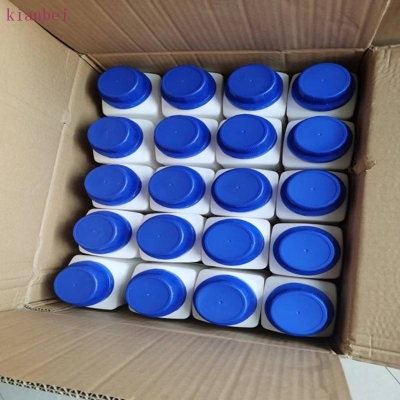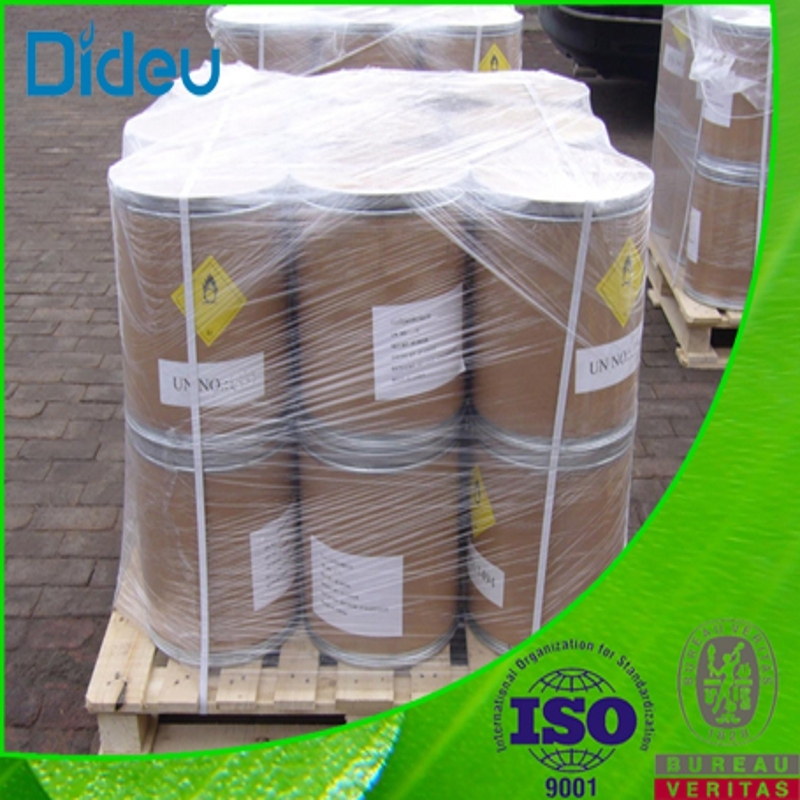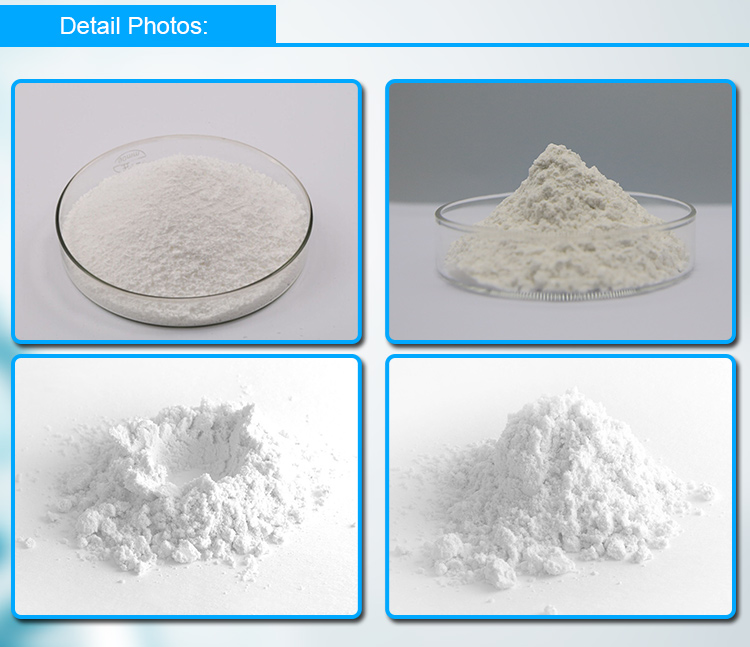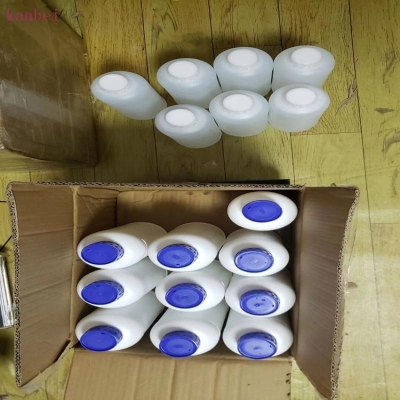Inorganic Chemistry
- • Elementary Substance (160)
- • Industrial Gases (16)
- • Inorganic Bases (53)
- • Inorganic Acid (52)
- • Inorganic Salts (1906)
- • Oxides and Peroxides (183)
- • Silica gel (5)
- • Non-metallic Minerals (14)
- • Coating Materials (24)
- • Phosphorus Compounds (50)
- • Iron Compounds (21)
- • Bromine Compounds (20)
Related News
Inorganic Acid
Fluorosilicic acid
(16961-83-4)-
Industrial grade / 99%
-
Chemical Grade / 99%
-
industrial Grade / 98%
-
Industrial Grade / 99%
$404-505/MT FOB
Request for quotation , get quotes from more suppliers.
Thioglycolic acid
(68-11-1)-
Industrial Grade / 99%
-
Industrial Grade / -
-
Food Grade / 99%
-
Pharmacy Grade / 0%
-
- / 99.00%
-
Pharmacy Grade / 99%
-
- / 99%
-
industrial Grade / 98%
Request for quotation , get quotes from more suppliers.
-
- / 99.00%
-
Pharmacy Grade / 99%
-
- / 99%
-
Industrial Grade / 99.5%
Request for quotation , get quotes from more suppliers.
Molybdic acid
(7782-91-4)-
Chemical Grade / 99%
-
- / 99.00%
-
Chemical Grade / 99%
-
![Molybdic Acid buy Molybdic Acid]()
Request for quotation , get quotes from more suppliers.
-
Chemical Grade / 99%
-
- / 99.00%
-
- / 20%
-
Request for quotation , get quotes from more suppliers.
Hydrogen iodide
(10034-85-2)-
- / 99%
-
Chemical Grade / 99%
-
-
![Hydriodic acid buy Hydriodic acid]()
Request for quotation , get quotes from more suppliers.
Periodic acid (H5IO6)
(10450-60-9)-
Industrial Grade / 99%
-
Industrial grade / 99.0%
-
![Periodic Acid (H5Io6) buy Periodic Acid (H5Io6)]()
-
![Periodic acid buy Periodic acid]()
Sulfurous acid
(7782-99-2)-
Industrial grade / 99%
-
Industrial Grade / 99%
-
Industrial Grade / 96.3%
-
Pharmacy Grade / 99%
Tungsten hydroxide oxide phosphate
(12067-99-1)-
Industrial Grade / 99%
-
Top Product / 99%
-
Industrial Grade / 99%
-
Chemical Grade / 99%
Request for quotation , get quotes from more suppliers.














































